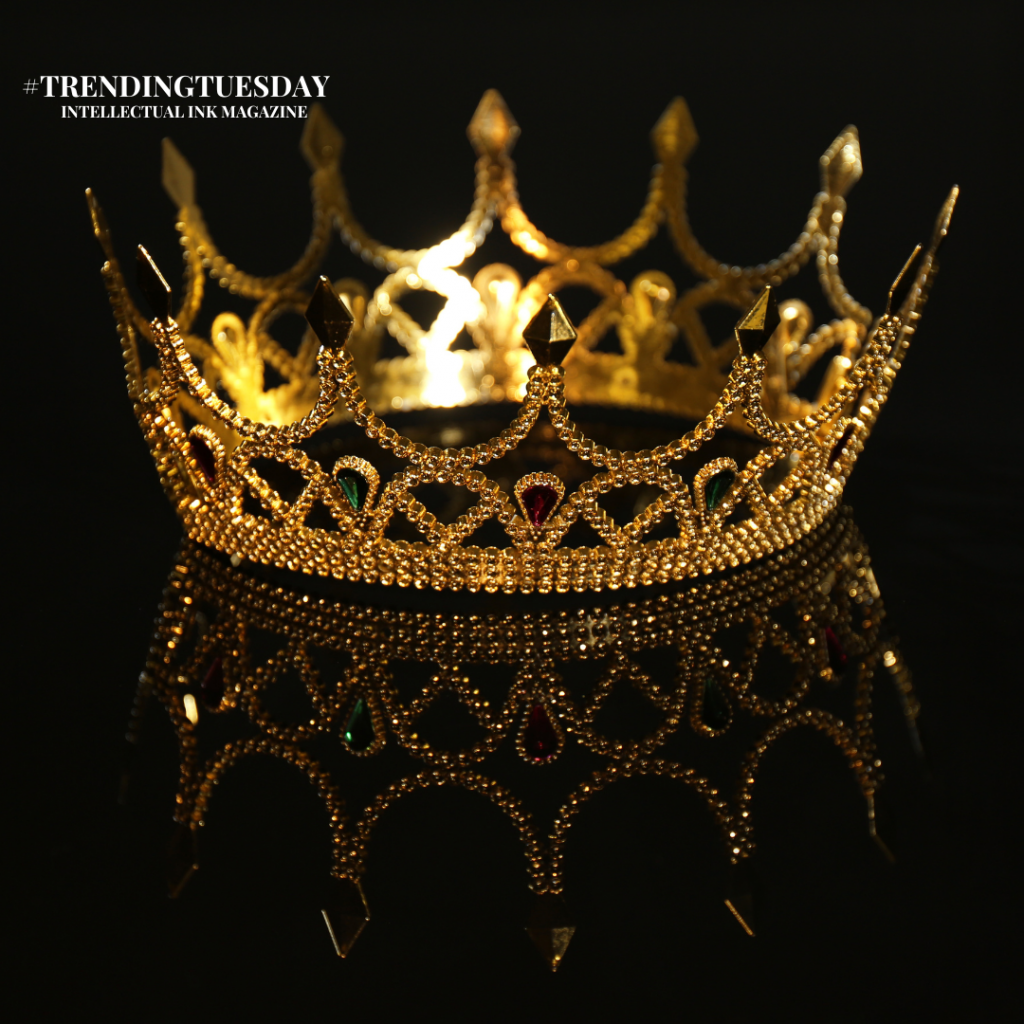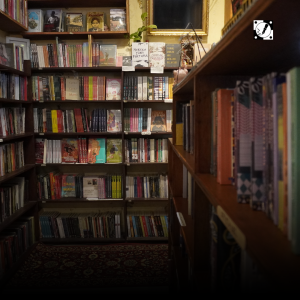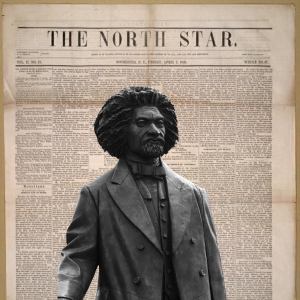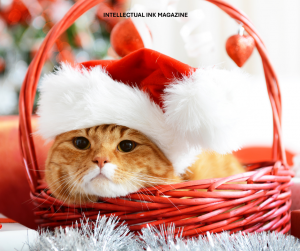The Rise of Romantasy: How a Timeless Blend of Magic and Love Took Over the Bestseller Lists
4 min read
Romance and fantasy have been dance partners for centuries. From ancient myths to modern fairy tales, stories that weave together magic and love have always tugged at our collective imagination. But in the last decade, this age-old pairing has transformed into a powerhouse publishing category with a name all its own: Romantasy.
If it feels like Romantasy is suddenly everywhere—on bestseller lists, BookTok feeds, and reader wishlists—you’re not imagining it. But while the label is new, the roots run deep.
What Is Romantasy?
Romantasy is the fusion of romantic arcs with fantastical settings. It’s where slow-burn love stories unfold alongside battles with fae kings, quests through magical realms, or confrontations with ancient curses. The romance is not a subplot—it’s central. The fantasy world isn’t window dressing—it’s essential.
In other words: in Romantasy, you don’t have to choose between a heart-racing love story and a sweeping fantasy adventure. You get both, and each makes the other more intense.
Has Romantasy Always Been Popular?
Yes and no.
- Yes, in the sense that romance within fantasy has existed for centuries. Think of:
- Cupid and Psyche, an ancient love story wrapped in divine trials.
- Beauty and the Beast, where enchantment and romance intertwine.
- The Lord of the Rings, where Aragorn and Arwen’s love threads through the fate of kingdoms.
- No, in the sense that Romantasy as a named, marketable genre is new. For much of the 20th century, publishing separated genres. A fantasy novel could have romance, but it wasn’t marketed as both. Romance novels might dabble in magic, but they were still categorized as “romance.”
The Turning Point: 2000s–2010s
Several major trends set the stage:
- Paranormal Romance Boom (2005–2012)
Twilight, Vampire Academy, and The Mortal Instruments brought supernatural love stories into the mainstream. These stories focused more on urban fantasy + teen romance, but they cracked the door open. - Rise of New Adult Fiction
Readers aged out of YA but still wanted fantasy + romance. Enter Sarah J. Maas with A Court of Thorns and Roses and Jennifer L. Armentrout with From Blood and Ash. These books were steamier, darker, and aimed at older readers. - BookTok’s Arrival
TikTok’s #BookTok community turned Romantasy into a cultural event. Reaction videos to plot twists, enemies-to-lovers arcs, and morally gray love interests went viral. Suddenly, publishers had proof that readers didn’t just like Romantasy—they were obsessed.
Why Romantasy Dominates Now
- Emotional + Epic Stakes
Readers want high emotion and high fantasy. Romantasy delivers both: a love story that can save—or doom—entire worlds. - Series-Based Storytelling
Romantasy thrives in trilogies, quartets, and sprawling sagas. Readers love watching characters grow over multiple books. - Reader Investment
Fantasy lovers get worldbuilding. Romance lovers get slow-burn payoff. Everyone gets attached to the characters, the lore, and the drama. - Inclusive Storytelling
As the genre grows, more authors from marginalized backgrounds are reshaping it—bringing in diverse mythologies, new types of heroes, and love stories that reflect the real world.
Romantasy’s Biggest Names
The genre’s current dominance owes a lot to a few major players:
- Sarah J. Maas – A Court of Thorns and Roses, Crescent City
- Rebecca Yarros – Fourth Wing
- Jennifer L. Armentrout – From Blood and Ash
- Raven Kennedy – The Plated Prisoner Series
These authors built sprawling fantasy worlds where love stories are just as urgent as the political intrigue, magical systems, and battles.
African American Voices in Romantasy
While the mainstream market has been slow to spotlight Black authors in Romantasy, there is a powerful wave of storytellers reshaping the genre with new mythologies, fresh perspectives, and love stories rooted in cultural richness.
Here are a few to know and celebrate:
- Tomi Adeyemi (Legacy of Orïsha Series)
While more heavily fantasy, Adeyemi’s work blends Yoruba-inspired magic with powerful emotional arcs, including romantic threads. - J. Elle (Wings of Ebony)
A strong example of contemporary fantasy with romantic elements, grounded in Black girl magic and community. - Rin Chupeco (Filipino-Chinese but worth noting in the broader conversation)
Known for weaving romantic elements into dark fantasy. - Jordan Ifueko (Raybearer Series)
Nigerian-American author whose lush fantasy worlds are laced with themes of love, loyalty, and desire. While not always categorized as “Romantasy,” the emotional and romantic beats are deeply woven into her work.
Note: The market is still catching up in naming and promoting Black-authored Romantasy specifically—but Black authors have been creating it, with or without the label. As readers and publishers demand more inclusive stories, this space is ripe for expansion.
Is Romantasy Here to Stay?
Trends come and go, but Romantasy’s structure—two deeply beloved genres reinforcing each other—isn’t going anywhere. It’s not tied to one trope (like vampires), so it can evolve endlessly.
Expect to see:
- More diverse protagonists.
- Romances that challenge gender norms.
- Fantasy worlds rooted in non-European mythologies.
- Love stories that unfold over multi-book arcs with emotional depth and magical stakes.
Closing Thought
Romantasy may be marketed as a trend, but it’s built on timeless instincts: the desire for wonder, and the yearning for connection. It offers readers both escape and intimacy—love that conquers kingdoms and kisses that burn like prophecy.
What started in myth and fairy tale has become one of today’s most dynamic, inclusive, and emotionally powerful genres. Whether you’re here for the dragons, the kisses, or the slow-burn betrayals, Romantasy is proving it can do it all.
Question for you: What’s the first Romantasy book that made you fall in love with the genre—and why did it stay with you?





